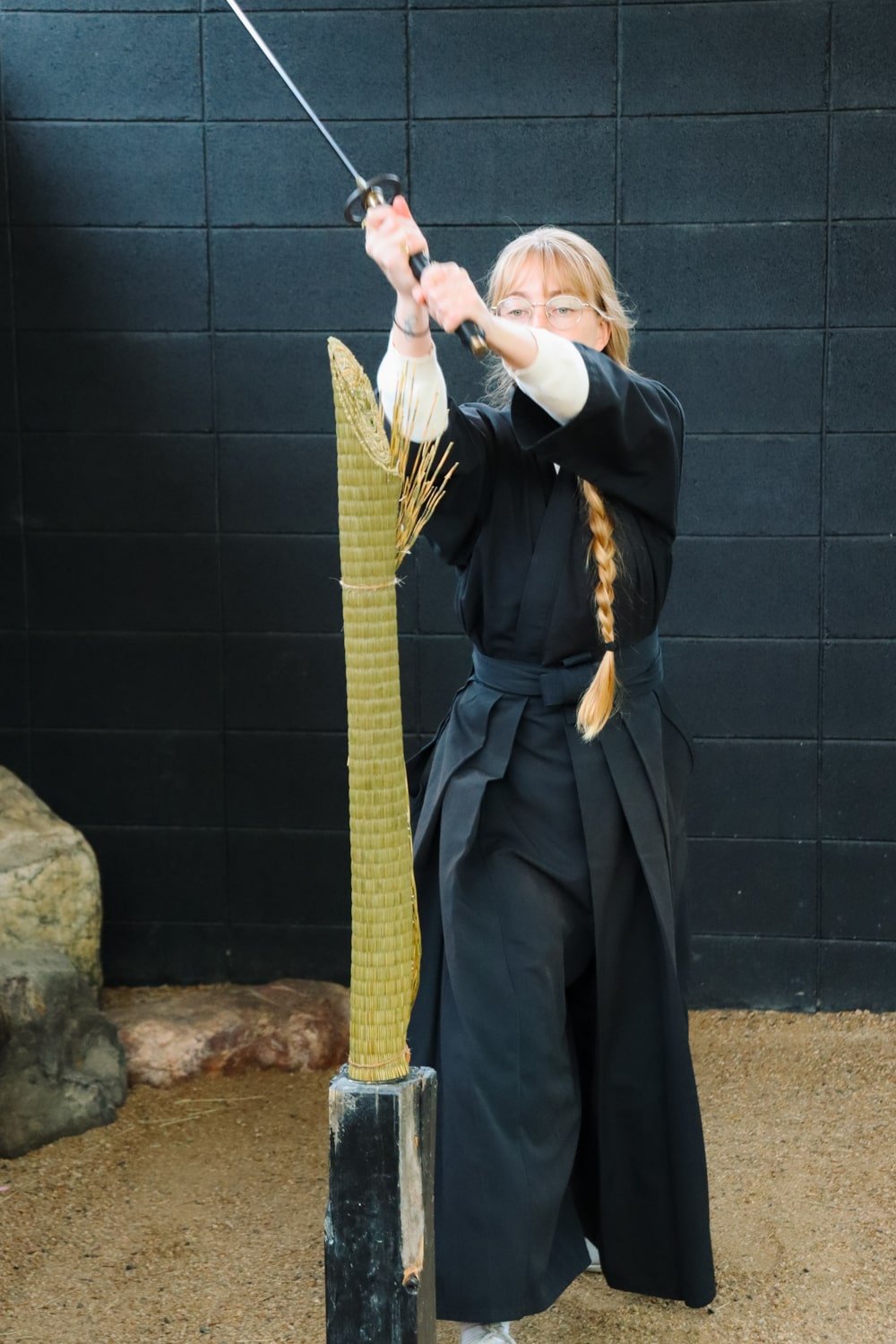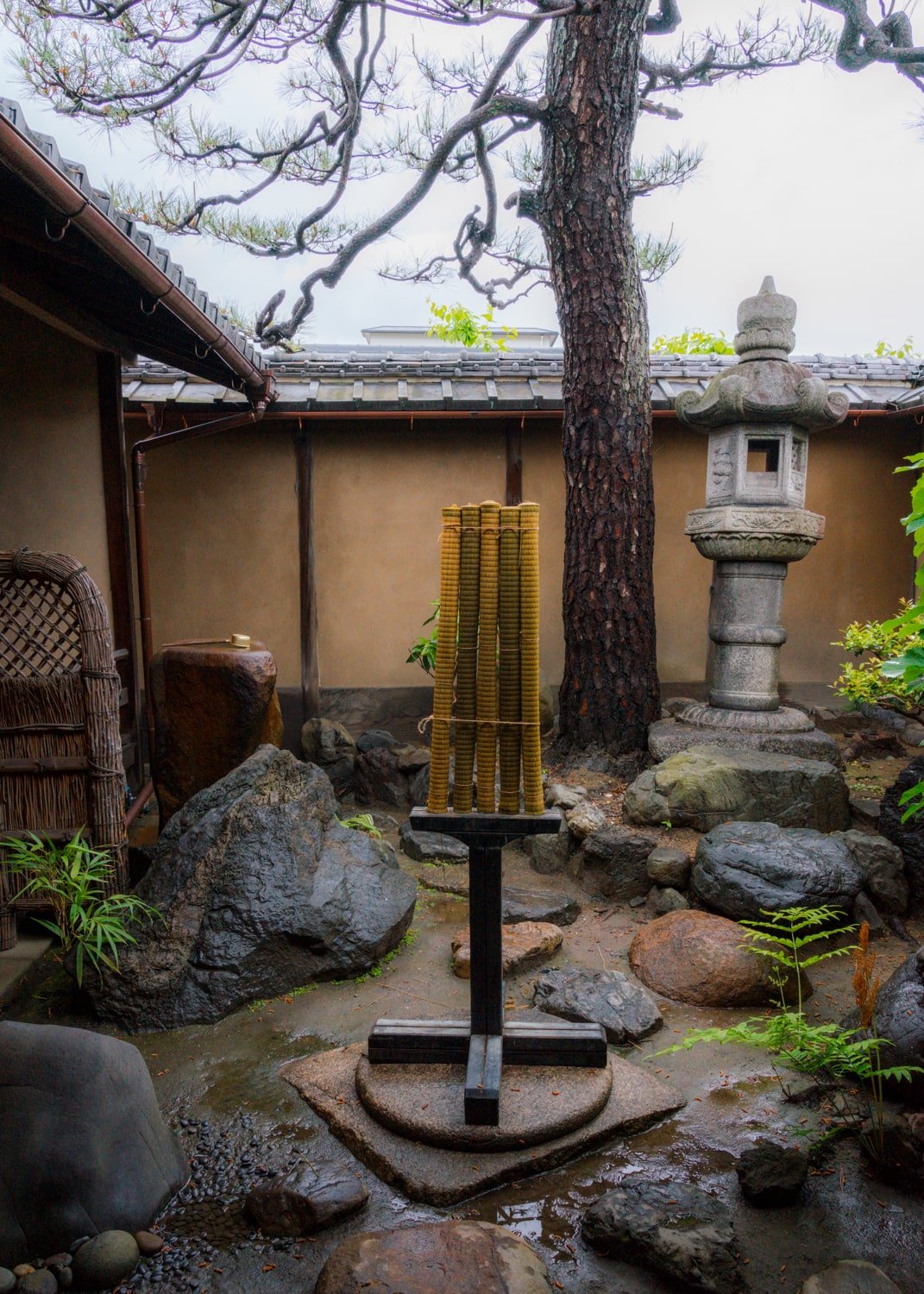My Kyoto Samurai Tour Experience (with a Real Katana Sword!)
6 min readStepping inside a historic, 250-year-old samurai’s home, wielding a 100-year-old REAL katana sword, slicing through rolled tatami, and concluding with a singing bowl meditation… Is this a joke? I first...
The post My Samurai Experience (with a Real Katana Sword) in the Heart of Kyoto, Japan appeared first on Bucketlist Bri.
Stepping inside a historic, 250-year-old samurai’s home, wielding a 100-year-old REAL katana sword, slicing through rolled tatami, and concluding with a singing bowl meditation…
Is this a joke? I first thought whenever I discovered this samurai tour experience in Kyoto.
Of course, I hesitated to do a tour that edged on… let’s say, “touristy.”
But after some consideration, I went ahead and booked it in. What better way to test if something is legit than to experience it yourself?
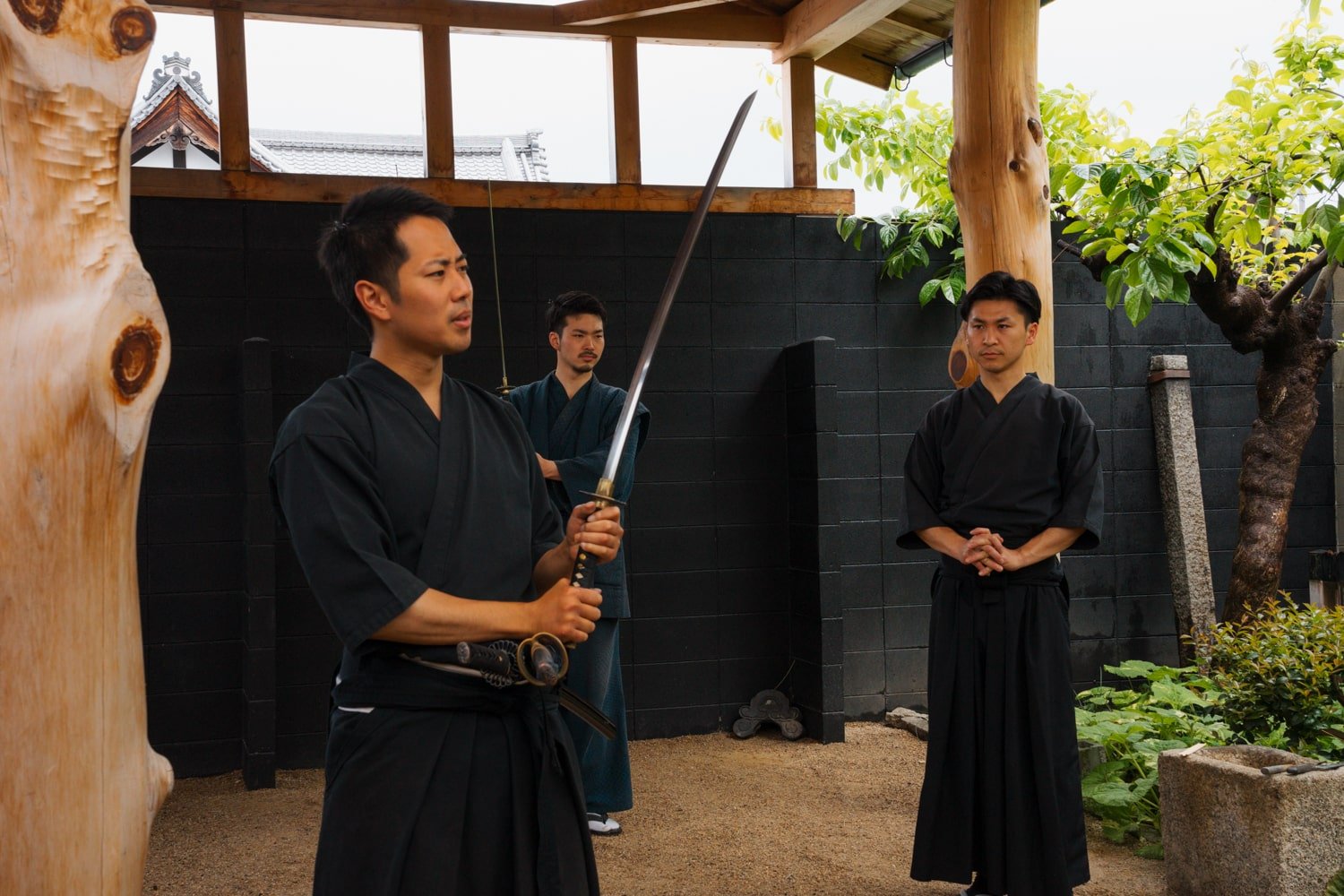
Disclaimer: This post may contain affiliate links which means I may earn a commission for bookings (at no extra cost to you). Thanks so much for your support!
A few weeks later, I found myself in the heart of Kyoto under a light rain, waiting for my 9 AM tour start time.
This alleged school for samurai sword training suddenly felt like a mock theater, and I was about to enter center stage.
But what I discovered inside was more than dress-up and sword-slinging.
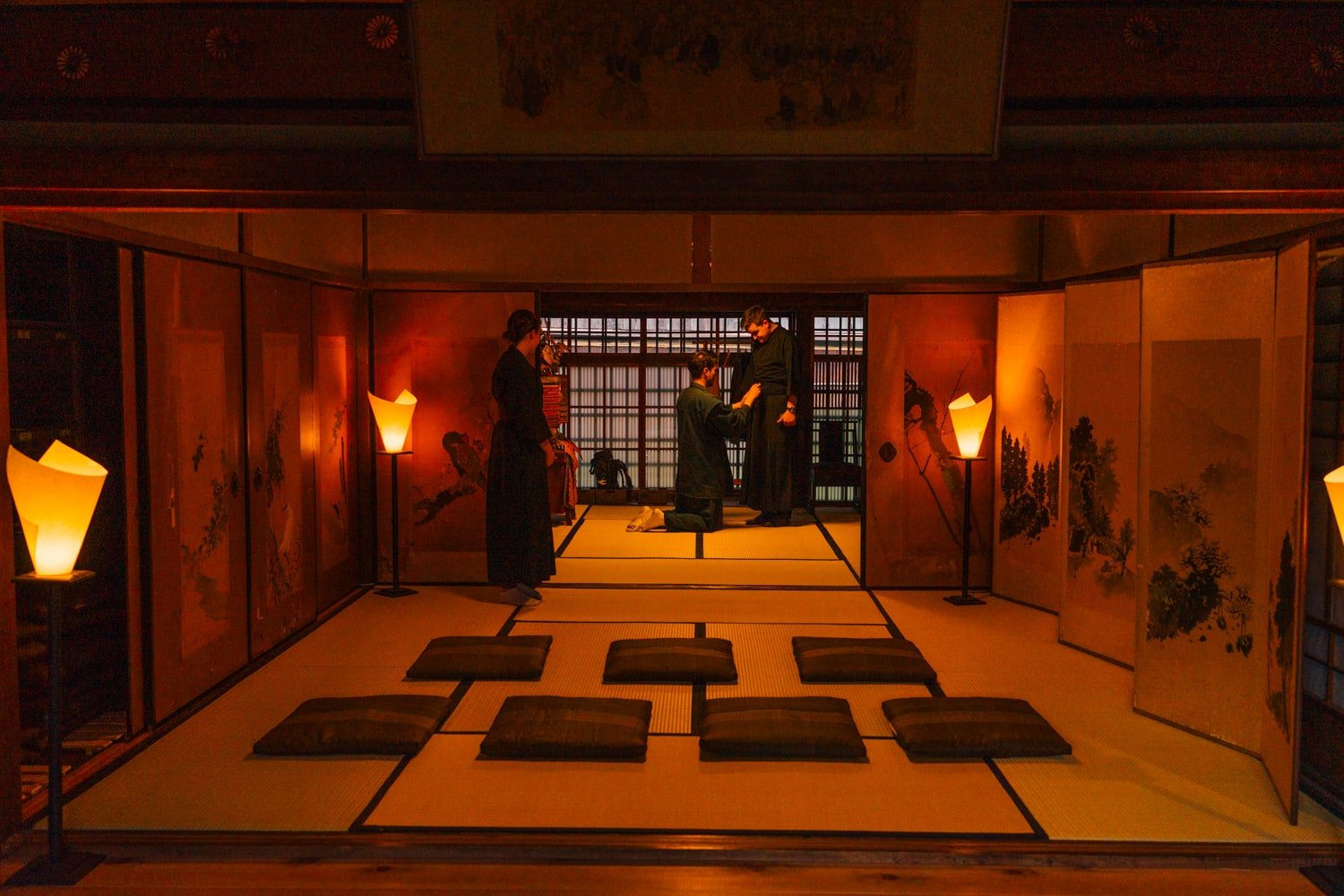
I found a slice of Japanese culture and history, carefully preserved and admired, and eager practitioners who wish to shed samurai stereotypes.
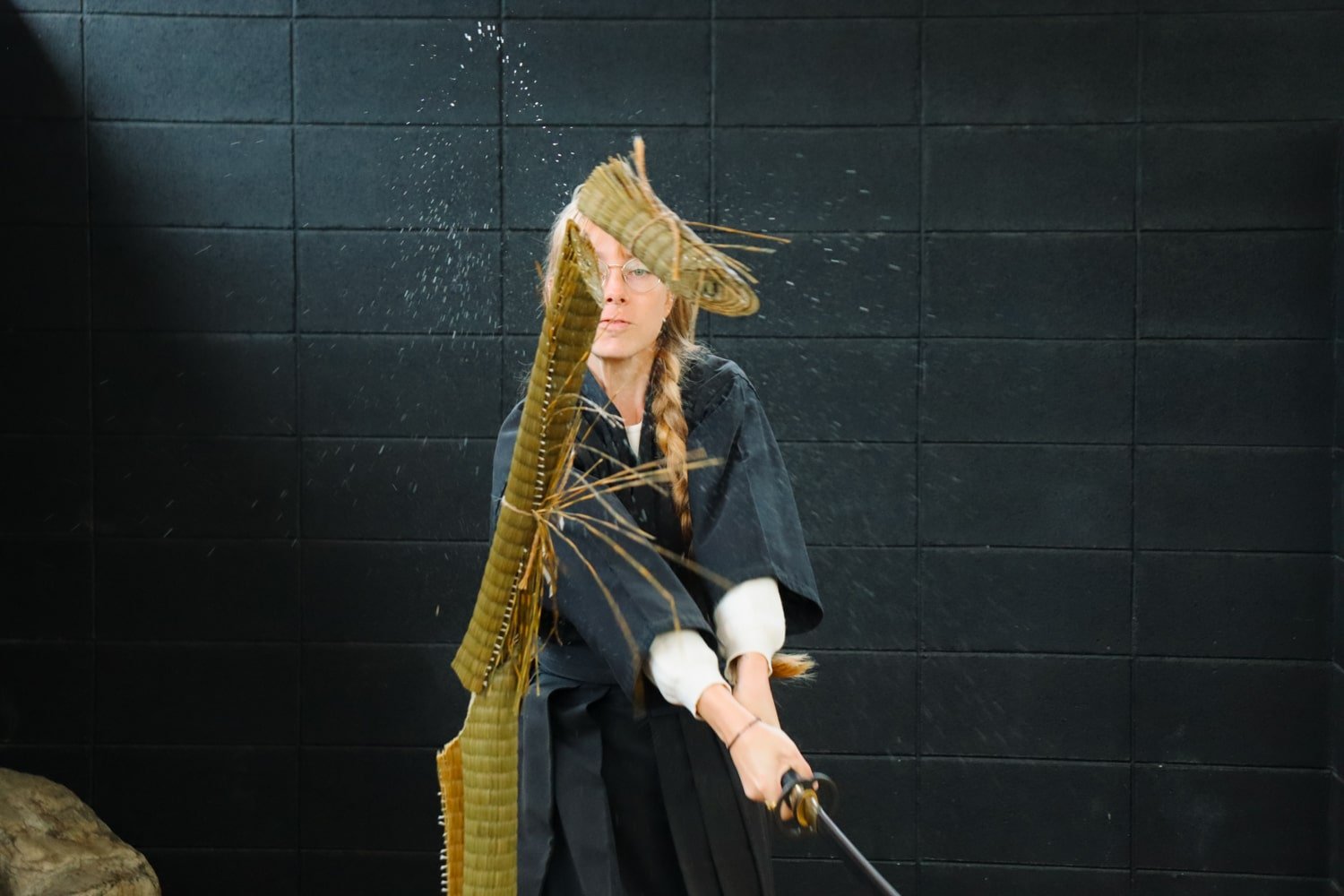
If you’re dreaming up stories of the samurai or have ever wondered about the art and mastery of Japanese katana-wielding, read on!
In this guide, I’m giving you a glimpse behind the scenes of this top-rated Kyoto Samurai Experience. Is it worth the cost, and should you add it to your Kyoto itinerary?
show
An Honest Review: Kyoto Samurai Experience
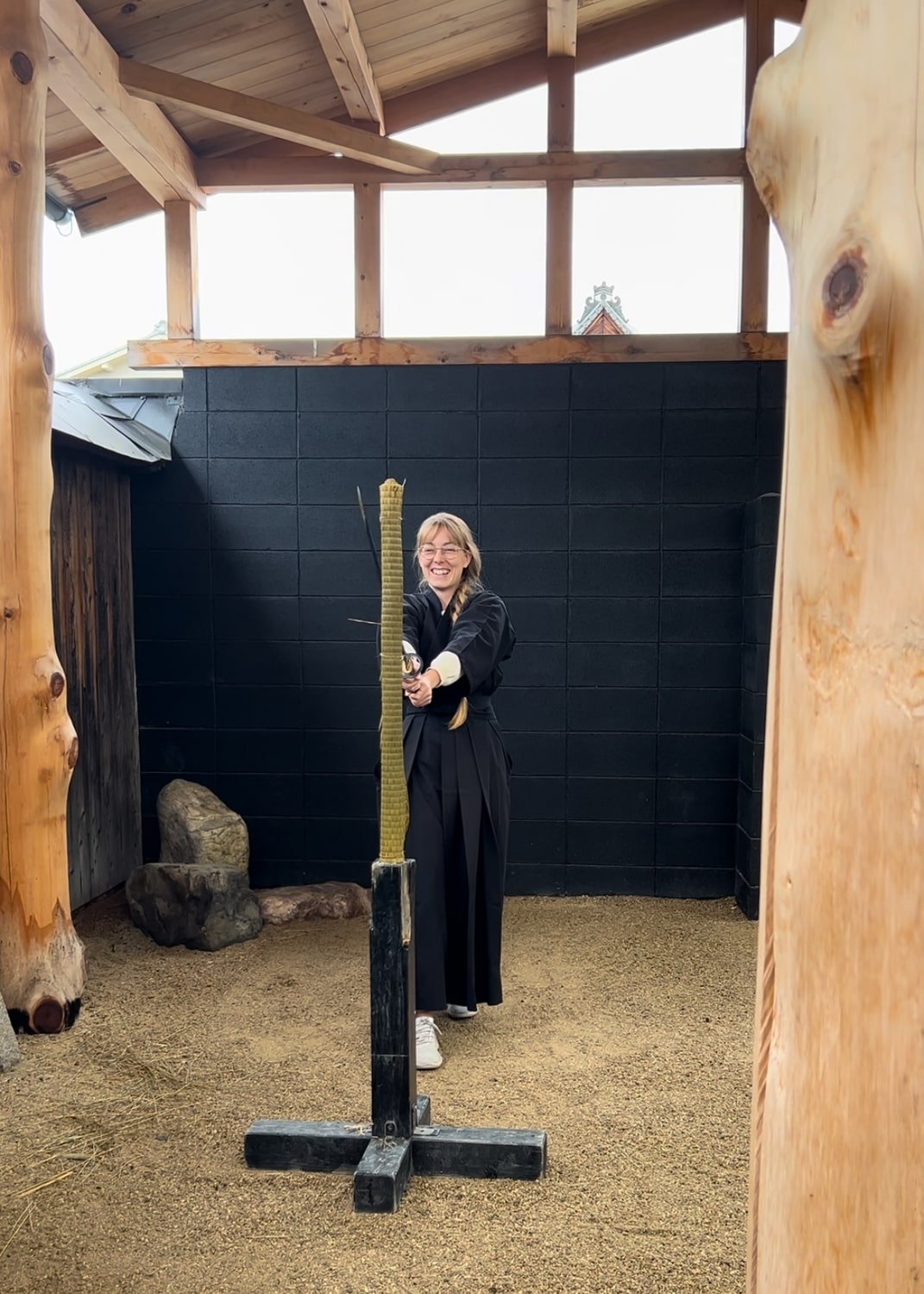
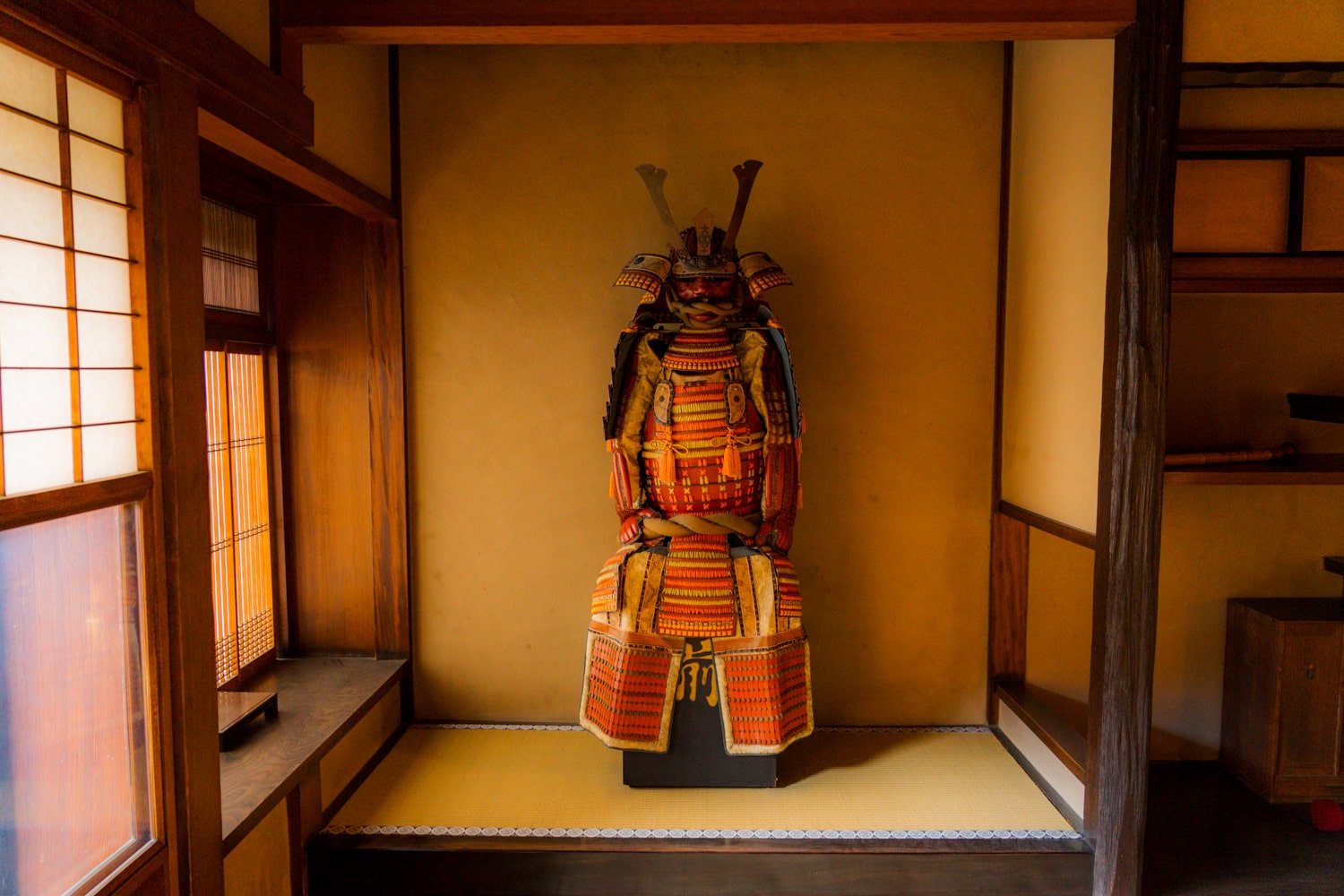
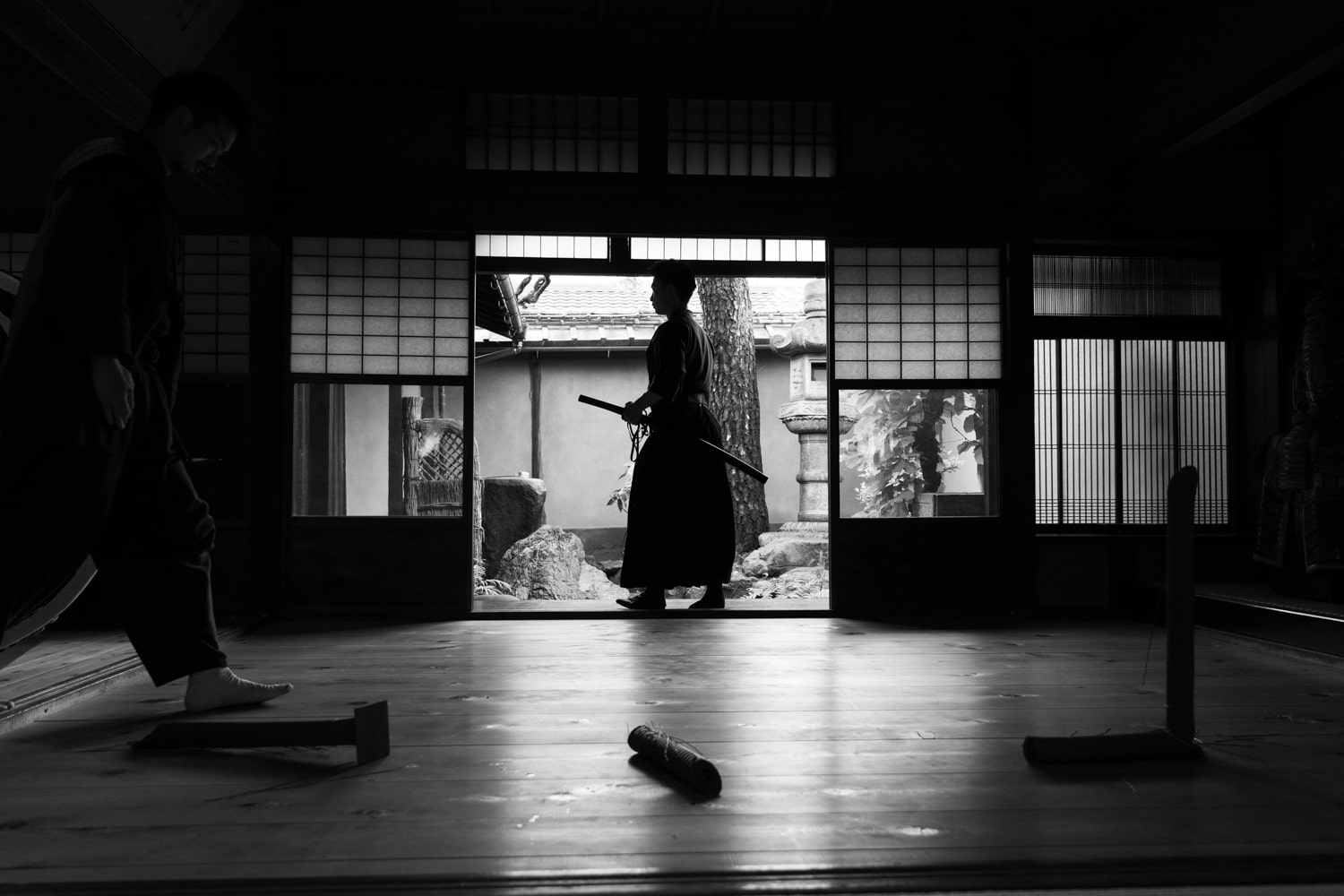
Growing up, I played The Legend of Zelda. And if you’re familiar with this Japanese-fathered game, you know that the main character, Link, does sword training.
Well, aspects of this samurai tour look and feel a lot like those scenes from Zelda. Can you imagine my little girl’s gamer heart exploding with geeky joy?
Whether you can relate or not, if you have even a slight interest in samurai history, you will enjoy this tour as it offers an educational, immersive experience of Bushido—the “Way of the Samurai.”
Here’s an insider’s look at the tour and what to expect!
💴 Cost: From $115 per person
⏰ Time: 2 hours
🤝 Group size: Maximum 10 people
🗡️ How to book: Click here to book on Viator
Dressing in Samurai Attire
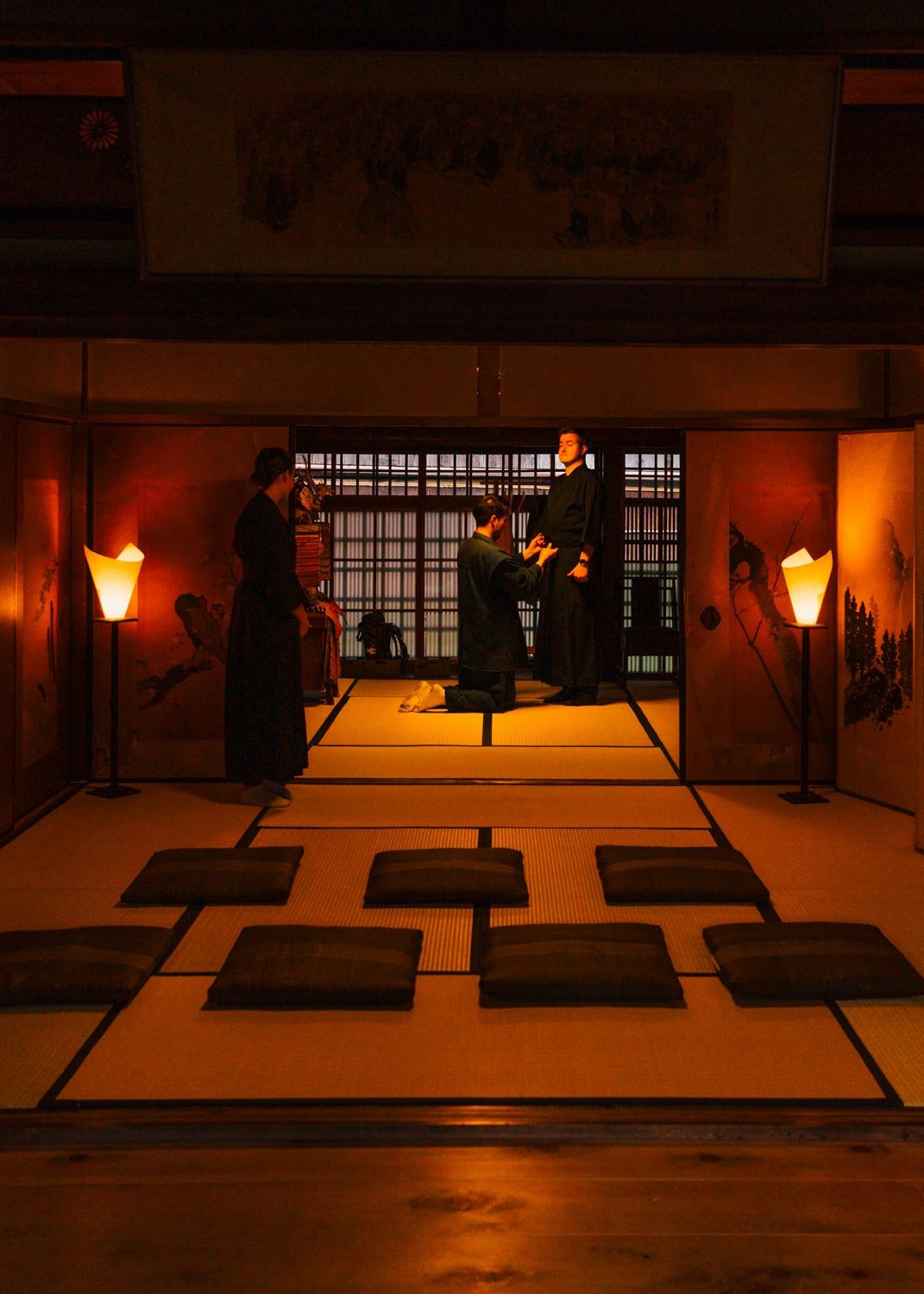
The tour commences with a brief overview and introduction of samurai history, your expert sword instructors for the day, and getting dressed in samurai attire!
For this, you will put on a black hakama (a set of Japanese pleated pants or trousers), with a matching kimono jacket.
You will wear this over your clothing, so there is no need to remove any layers except for jackets!
As is custom, always remove your shoes before entering Japanese homes and important sites, especially historic machiyas like this well-preserved 250-year-old townhouse that actually belonged to a former, high-ranking samurai officer.
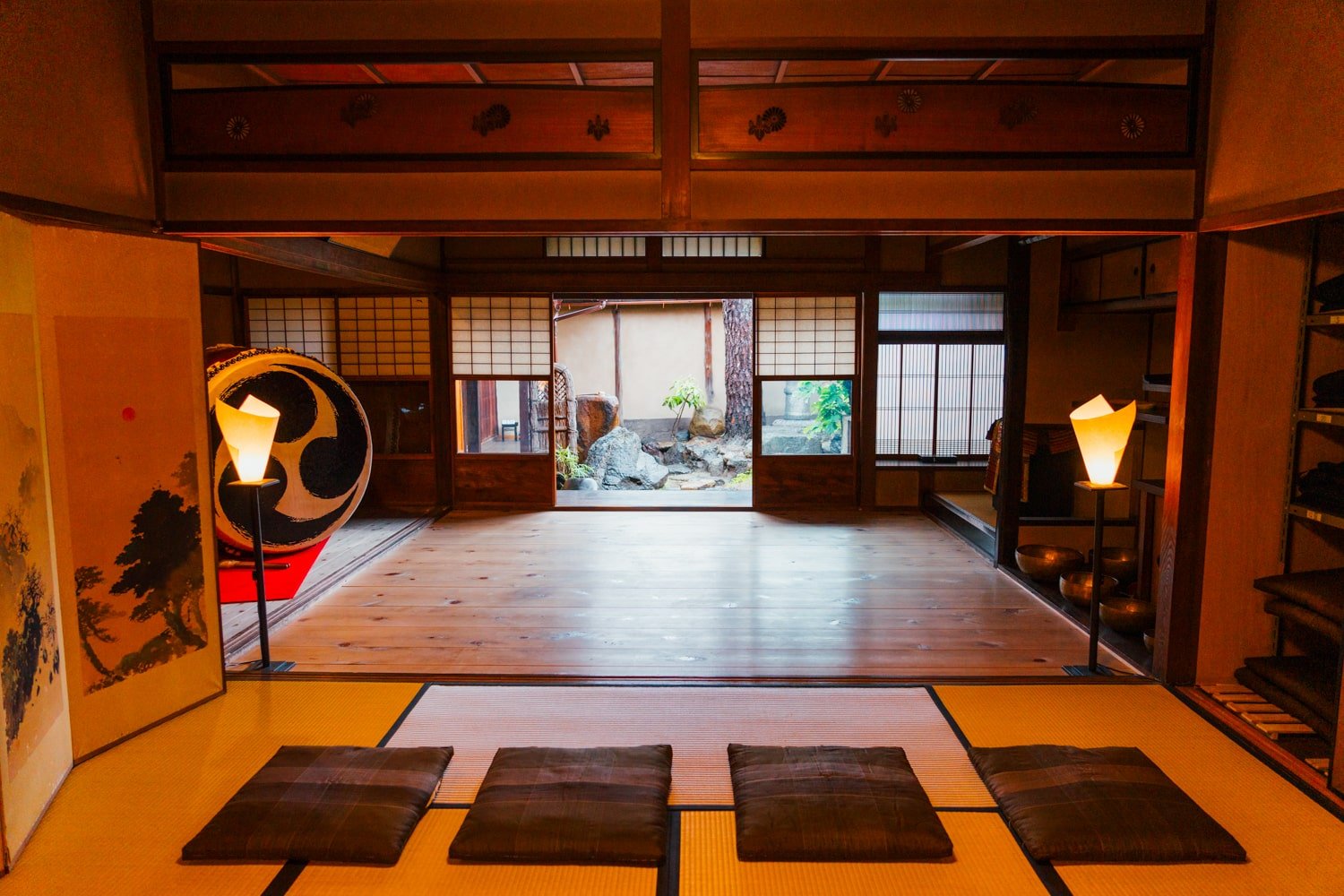
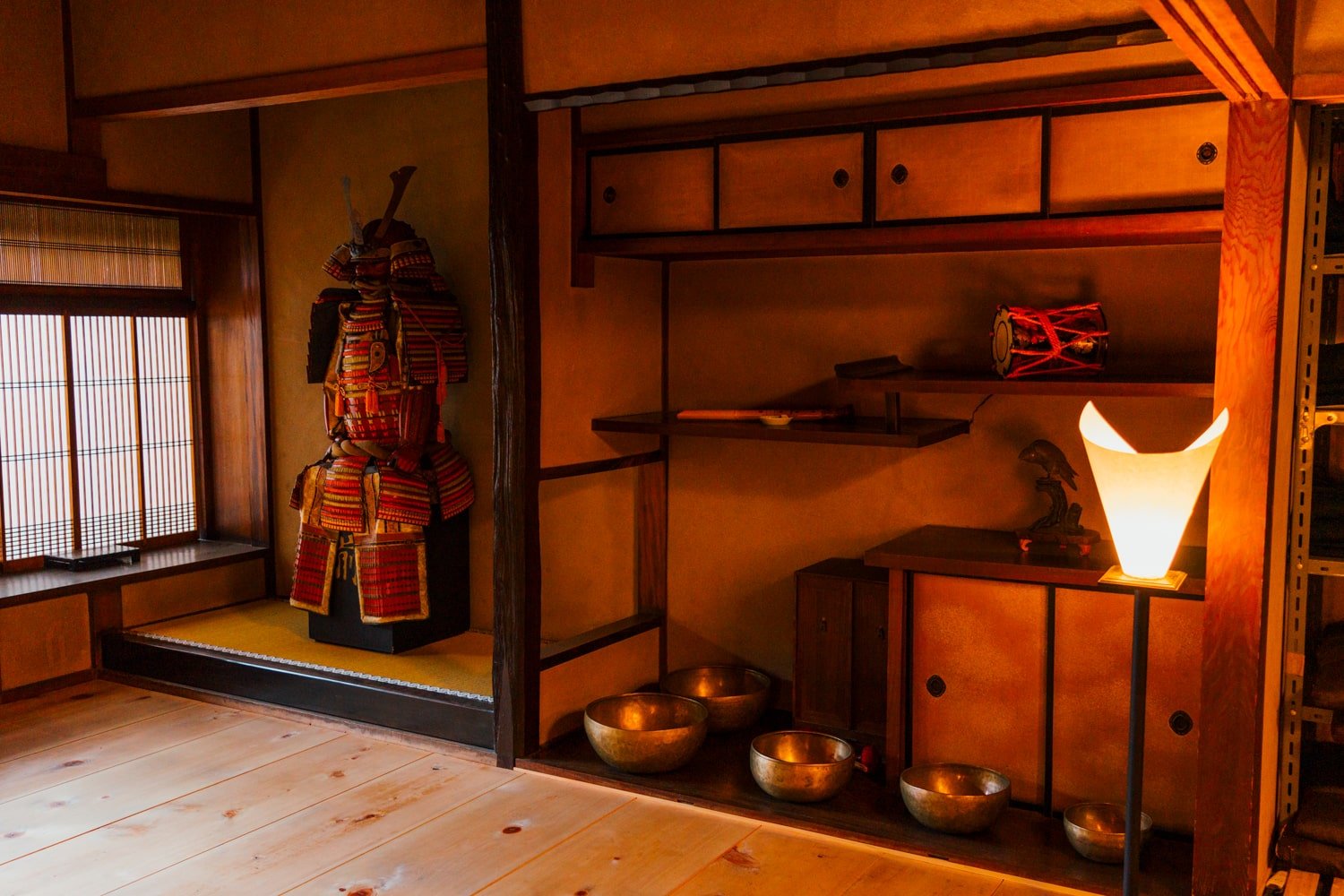
Samurai Demonstration
Next, you will scurry into the adjacent room to watch a live demonstration!
During this demo, one of the sword instructors will perform drawing and sheathing the katana sword.
This practice is called Iaido, which means “The Art of Drawing the Sword.”
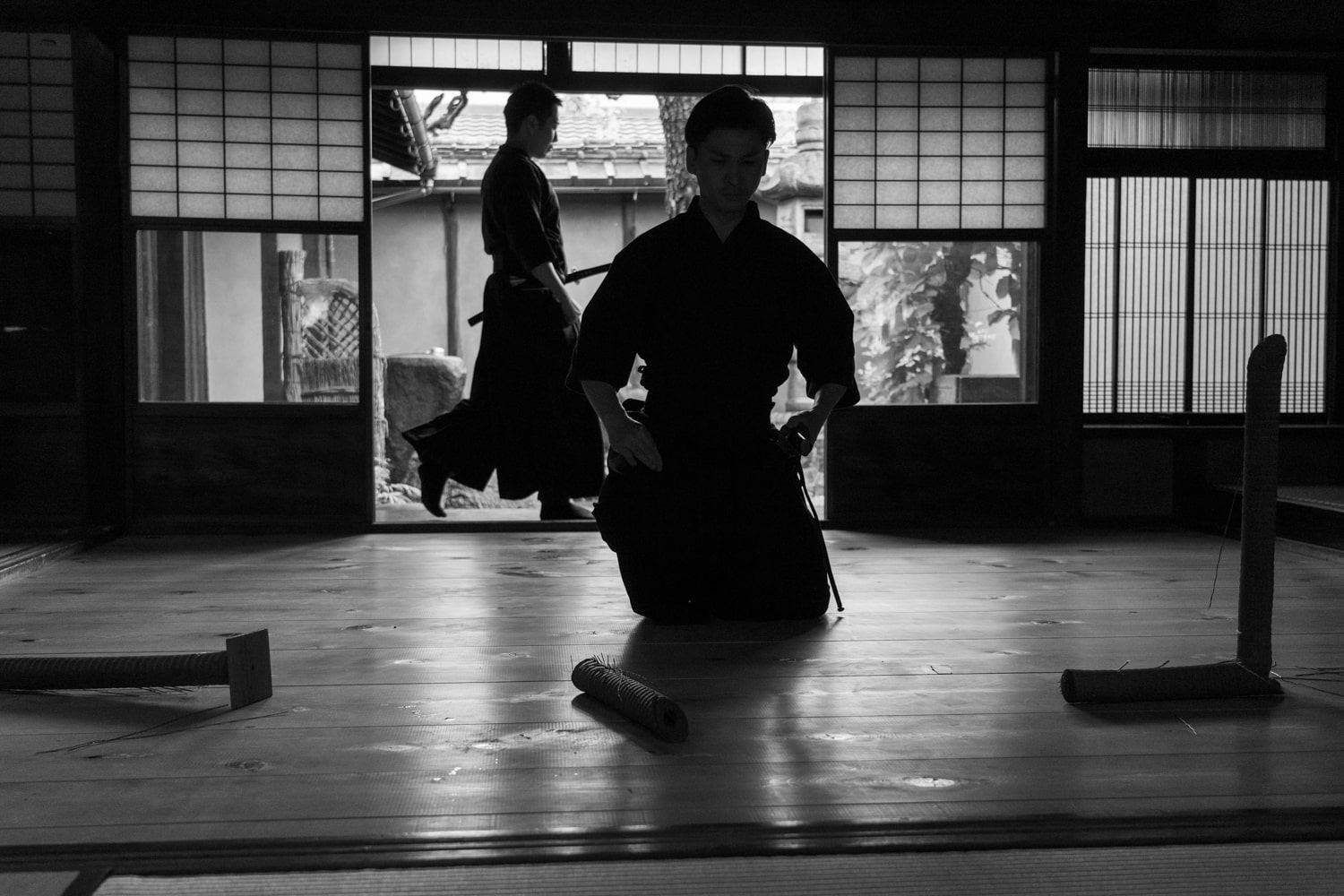
To summarize Iaido:
- “Smooth, controlled movements of drawing the sword from its scabbard, striking or cutting an opponent, removing blood from the blade, and then replacing the sword in the scabbard.
- It developed during the Muromachi Period (1336–1573) but became more formalized in the Edo Period as a way for samurai to maintain their skill in a time of peace.
- The essence of Iaido lies in being aware and capable of quickly drawing the sword to respond to a sudden attack, embodying the concept of ‘one strike, certain death.’”
To me, the performance felt like a delicate warrior dance, with a dramatic finish of perfectly slicing two tatami mats as if they were opponents (—made of butter!).
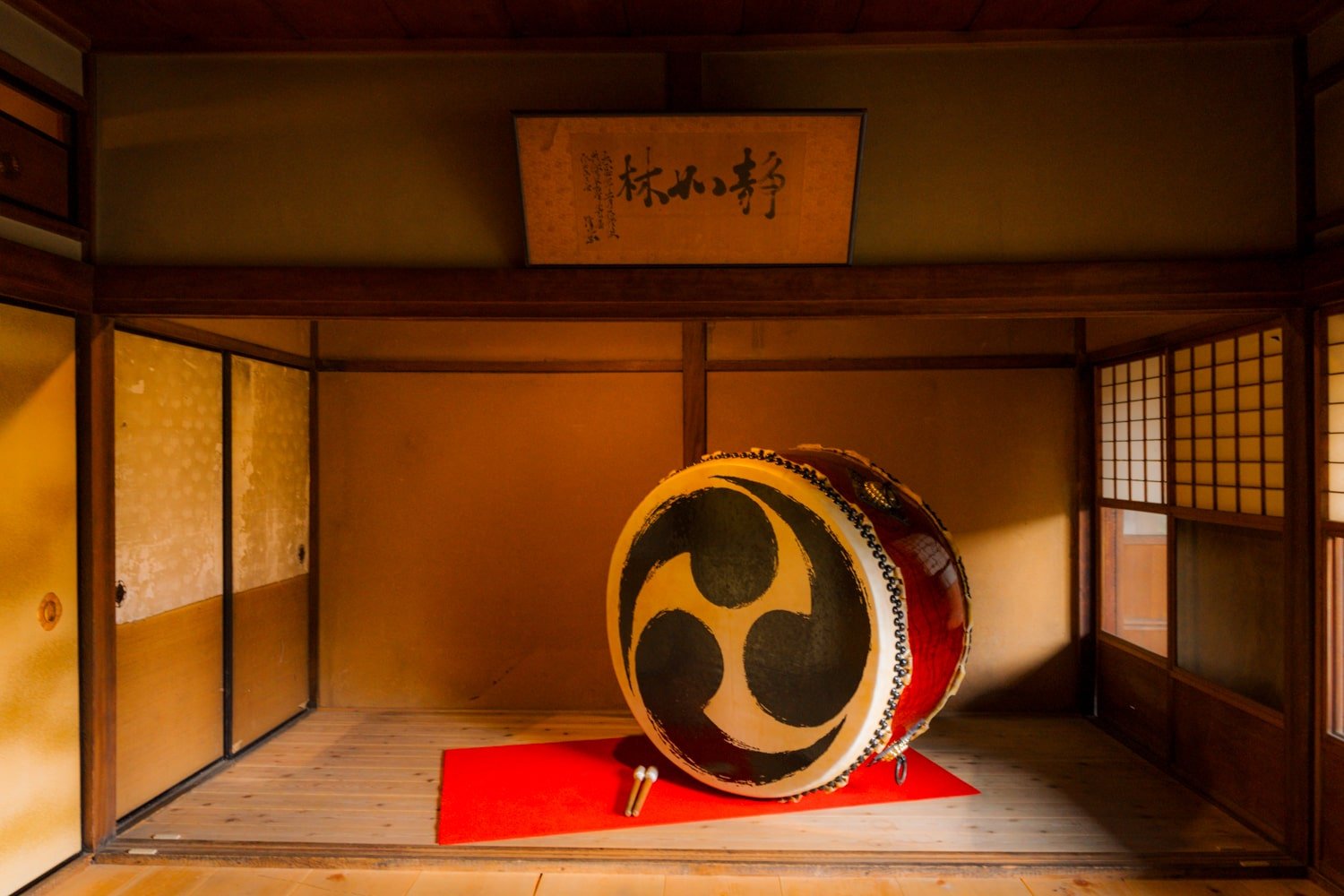
Fun fact! 🗡️
While the samurai practiced martial arts for meditation, the Japanese martial arts that use katana swords today (Kenjutsu (剣術), Iaido (居合道) and Kendo (剣道)) are quite different.
According to our instructors, the samurai were heavily armored and rode horses in battle, so they used bows and arrows as their main weapon and did not use the katana long-swords as much as we may think.
Moreover, the samurai wore the katana as a status symbol and for close-hand protection.

Enjoy the beat of the drums as they crescendo into the final unsheathing and slicing!
Tip: During this demo, you can take videos and pictures (no flash). Turn off your camera’s shutter sound to be polite and not disturb the show!
Katana Sword Practice & Training
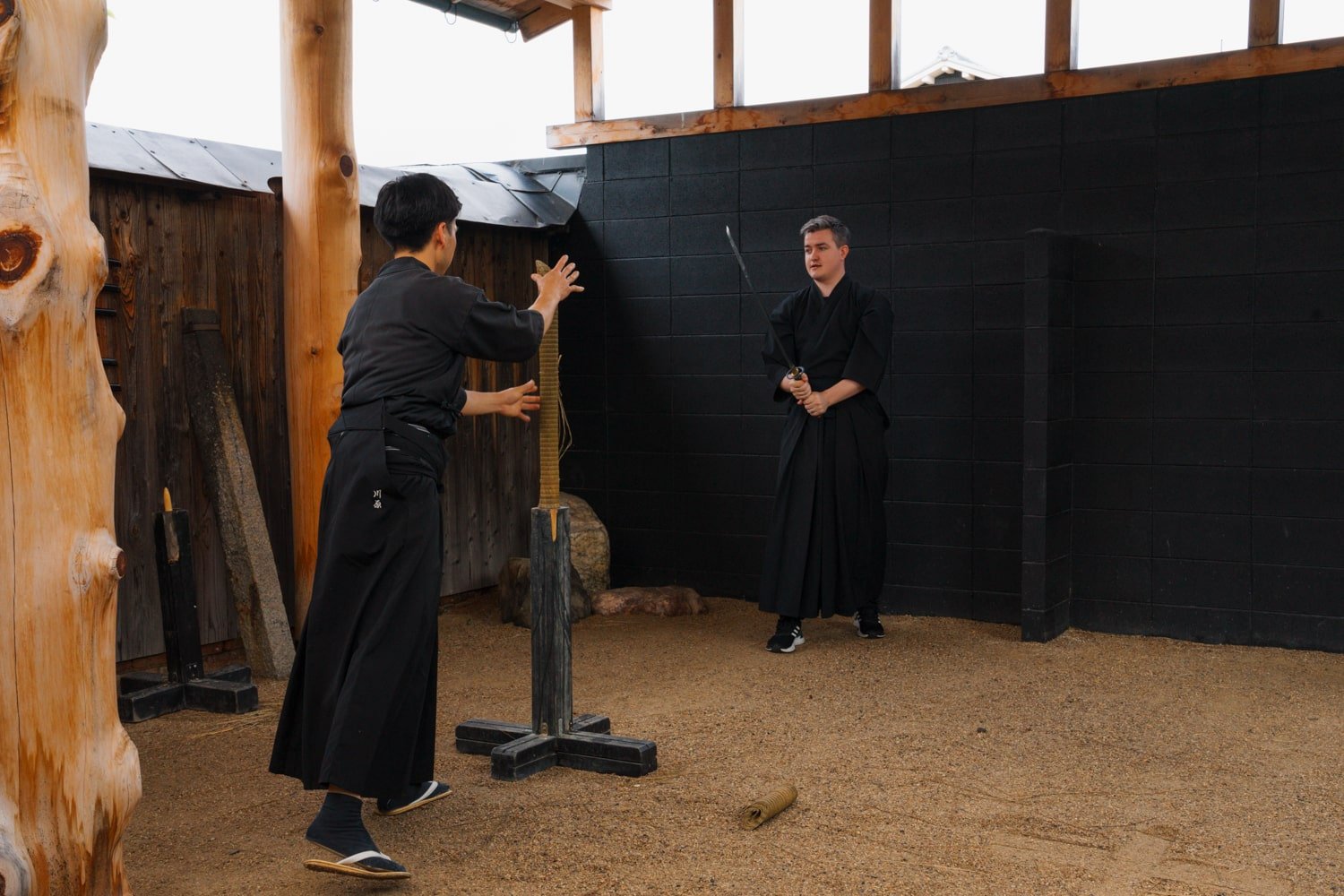
After the show, it’s time to make your way outside for katana training!
This katana sword practice often takes place in the courtyard, but if it’s rainy, you’ll head to the second covered training area behind the garden.
Before you ever get your hands on a katana sword, you will first practice katana swordsmanship basics with a mock sword.
Depending on your group size, you may have to take turns during the practice and slicing session. This tour has a maximum of ten people, so it usually goes fairly quickly as you do it per group (e.g. four and four).
In sync with your group, you will practice wielding a katana by first learning the proper handling and walking movements before training to slice through a rolled tatami mat.
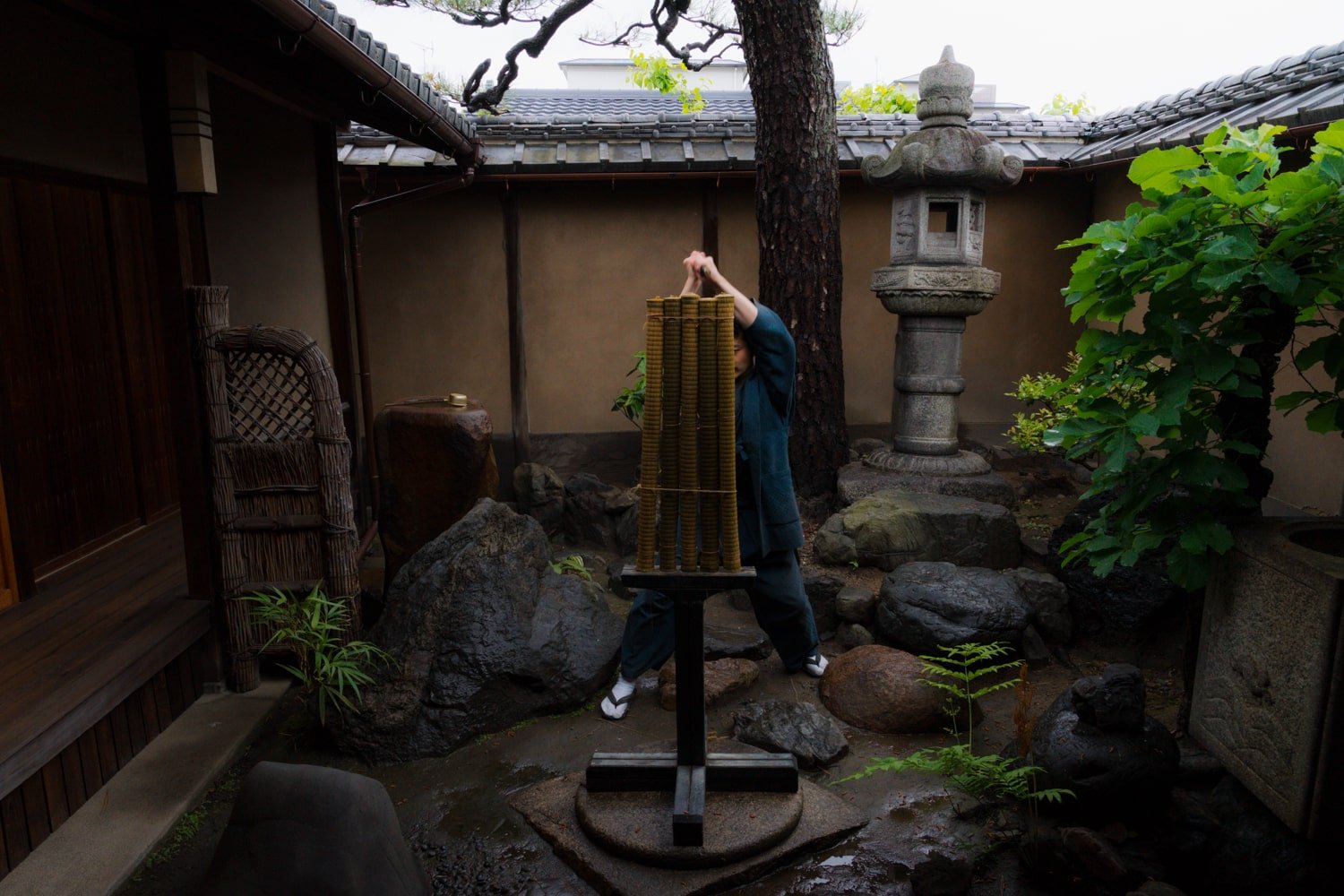
Once you’ve got the hang of it with the wooden sword, you’ll be able to practice just the movements over again, but this time while handling the weight and prestige of a real 100-year-old+ katana sword.
Finally, you’ll each take individual turns to slice through a new stick of tatami! Each person gets three strikes during the first round.
The second round is a bit more advanced as the cut tatami is stuck back on cut half with a stick, so it’s less table and requires a smoother strike to cut through!
Photo Session
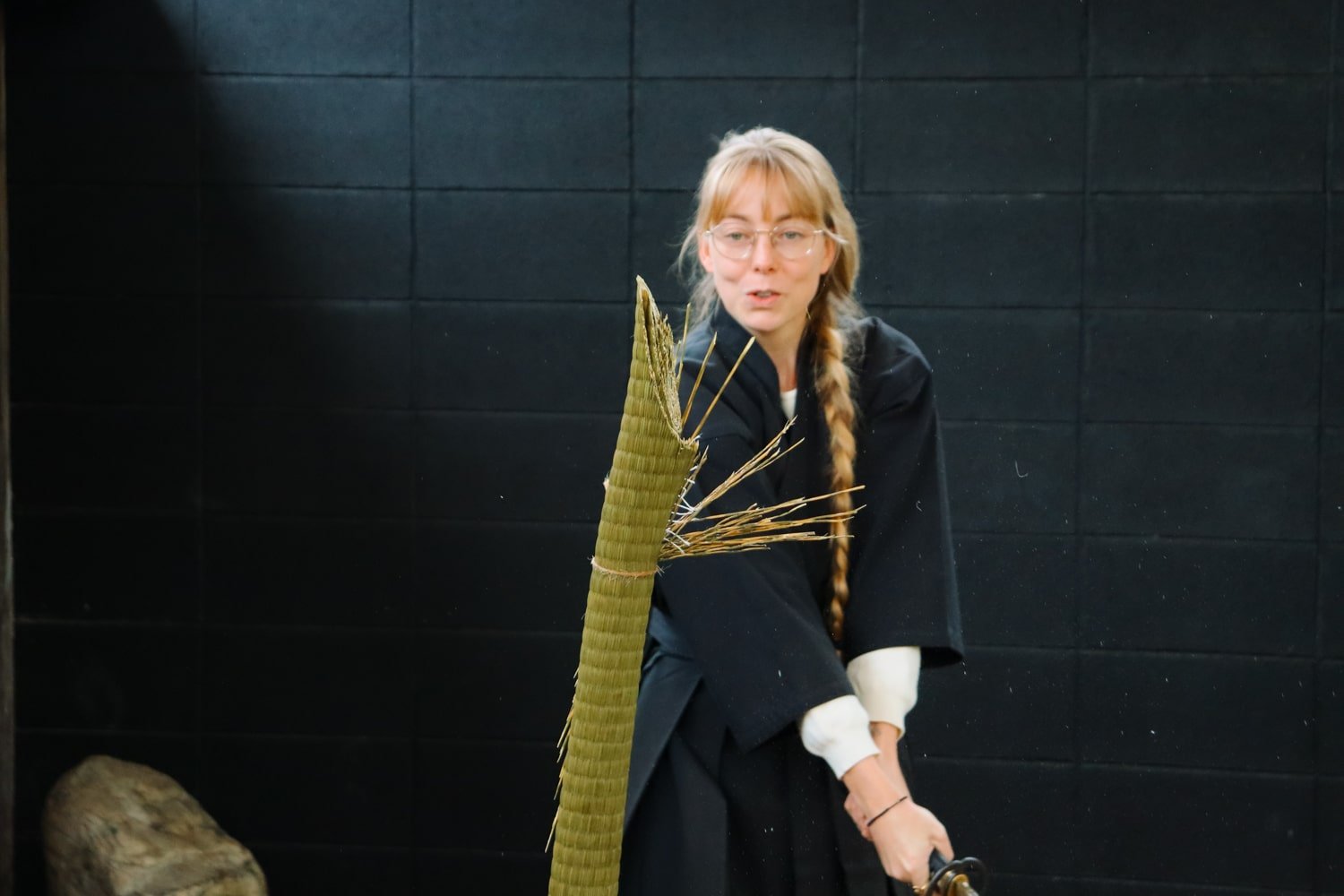
Throughout the katana slicing session, you can take photos and videos on your phone, but it is best to live in the moment and cheer on your fellow samurais-in-training.
After everyone finishes, there will be time for photos in the garden or courtyard!
The team at Kyoto Samurai Experience will take camera photos and share them with your tour group via a Dropbox folder.
Closing Zen Meditation
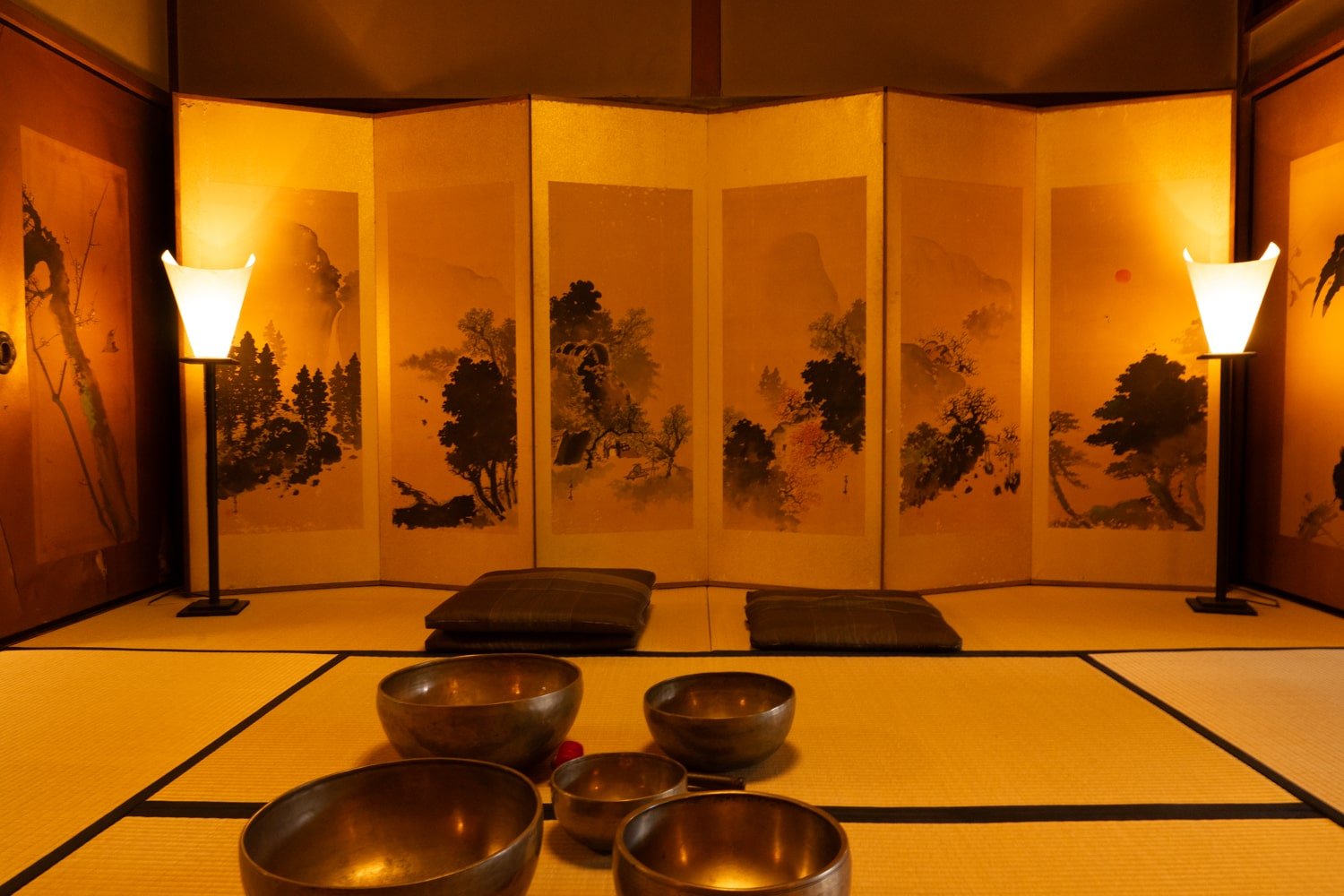
The last part of this tour concludes with a singing bowl meditation. It wouldn’t be a true “samurai experience” if the tour didn’t include Zen meditation, after all!
For this, you’ll return to the formal Japanese tatami room and share a Zen meditation, eyes closed, with one of your instructors.
Japanese YouTuber Let’s Ask Shogo guided our meditation session and shared nice closing remarks. Give him a follow for Kyoto adventures and tips!
After this and any final photos inside this historic samurai’s home, it’s time to remove your samurai attire and wave goodbye!
I highly recommend combining this tour with a visit to nearby Nijo Castle (二条城, Nijōjō)—the formal residence of the Edo period’s (1603-1867) first shogun, Tokugawa Ieyasu.
Overall, this samurai experience became a core memory of my first trip to Japan!
Other fabulous tours I did (and recommend) in Kyoto are the Hidden Kyoto E-bike Tour and the Maikoya Kimono Tea Ceremony tour.
🎟️ Book your Kyoto Samurai Experience here!
